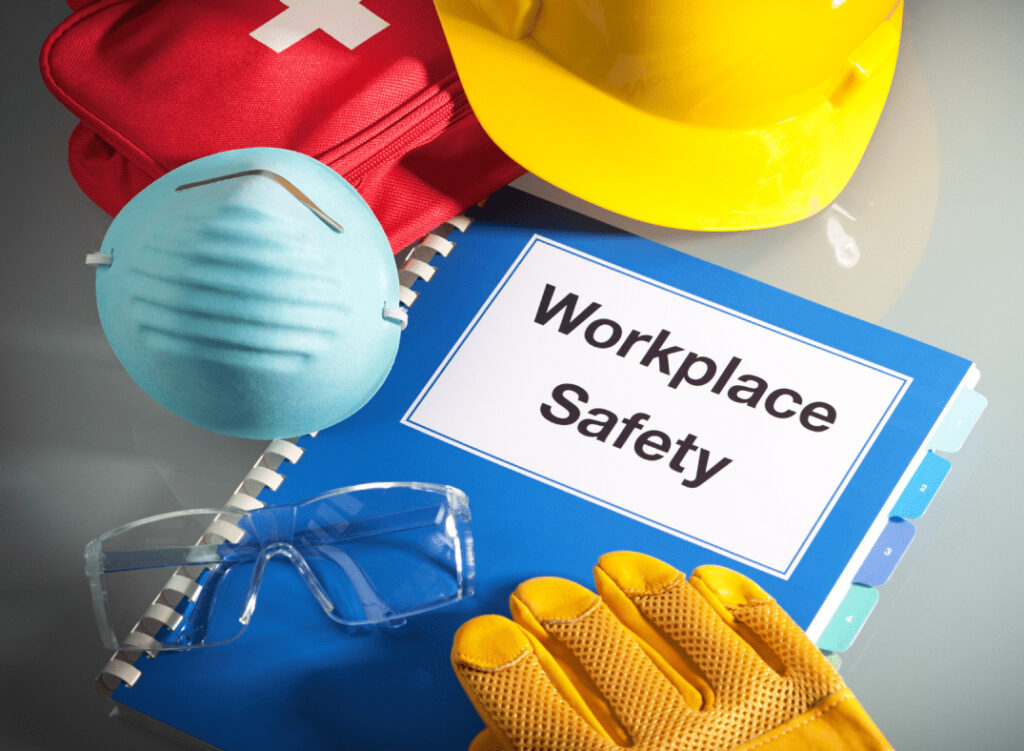
Prioritizing workplace safety has become a paramount concern. Enter safety compliance, a continuous process that involves adhering to established health and safety standards set by regulatory bodies. Its aim? To ensure the well-being of every individual within the work environment. This intricate web of rules, protocols, and regulations serves as a shield, safeguarding both employees and employers from potential harm.
The Occupational Safety and Health Administration (OSHA) defines safety compliance as the conscientious act of adhering to established safety standards, regulations, and laws. Regardless of a company’s size or industry, adhering to these standards is essential in fostering a secure and healthy workplace.
From providing a hazard-free workspace to equipping employees with suitable personal protective equipment (PPE) and pertinent safety training, safety compliance is a comprehensive approach aimed at reducing the risk of accidents. By doing so, it cultivates an atmosphere of health and safety, ultimately leading to increased well-being and reduced stress levels among employees.
The ripple effects of a secure working environment extend far beyond the surface. When employees feel safe, their job satisfaction soars, motivation intensifies, and productivity flourishes. Gone are the days of divided attention instead, employees channel their focus towards their roles, resulting in heightened concentration and efficiency.
Yet, the symbiotic relationship between safety compliance and the workforce doesn’t end there. It’s a bridge that connects two worlds employees and businesses through a shared commitment to well-being. By fostering a secure work environment, businesses safeguard their employees from accidents, thereby aligning with regulatory bodies and standards.
Consider the financial landscape: safety compliance isn’t merely an ethical duty; it’s a strategic investment. It aids in curbing costs tied to workplace accidents and injuries, encompassing direct expenses like medical bills and workers’ compensation, as well as indirect setbacks like decreased productivity and waning morale. Embracing safety compliance equates to a stronger bottom line and a more favorable reputation.
Beyond numbers and balance sheets, safety compliance has emerged as a beacon for attracting and retaining top talent. A safe, health-focused workplace is a top priority for potential employees, thus affording businesses a competitive edge in the labor market. Organizations that commit to safety compliance effectively signal their commitment to employee welfare, appealing to job seekers, customers, and partners alike.
Even in contractual negotiations, safety compliance plays a pivotal role. It can be the decisive factor that tips the scales in favor of an organization seeking new opportunities. A track record of compliance not only satisfies requirements but also adds a considerable bonus point to the organization’s reputation.
For employees, safety compliance is a guardian angel against accidents and injuries, minimizing the risk of long-term health issues and disability. Moreover, it nurtures their job satisfaction and morale, giving rise to enhanced productivity and reduced turnover rates. Businesses that prioritize safety compliance exude responsibility, contributing to a sterling reputation that resonates with potential employees, clients, and collaborators.
In this symbiotic dance, safety compliance emerges as a true win-win scenario. It endows employees with a profound sense of value and appreciation, underscoring a business’s commitment to their well-being. The commitment translates to a positive work environment, reduced risks, and, ultimately, the overarching triumph of the company.
In a world where uncertainty is a constant, safety compliance stands as a example of assurance. It transcends the boundaries between employees and employers, weaving a tapestry of protection and trust.


